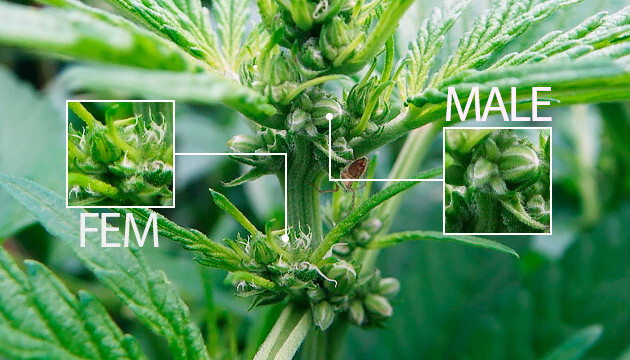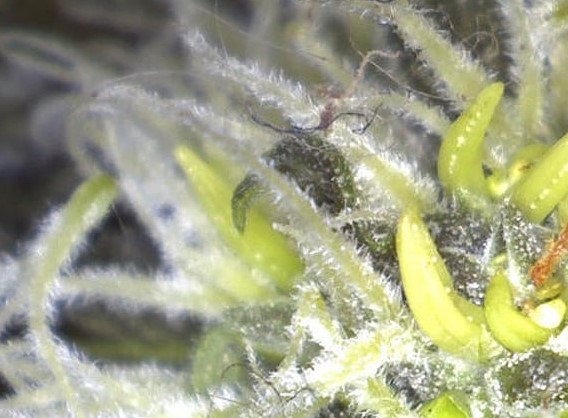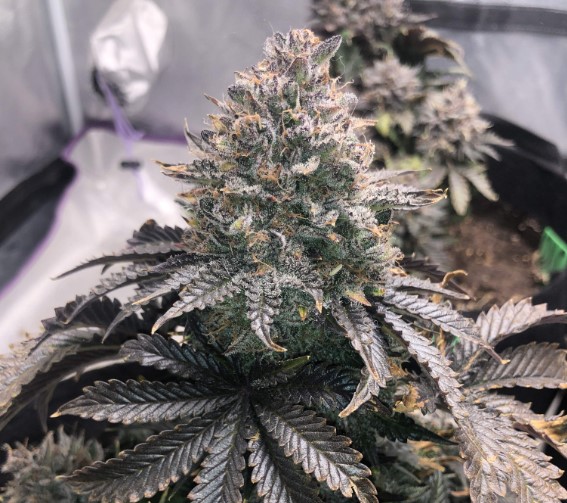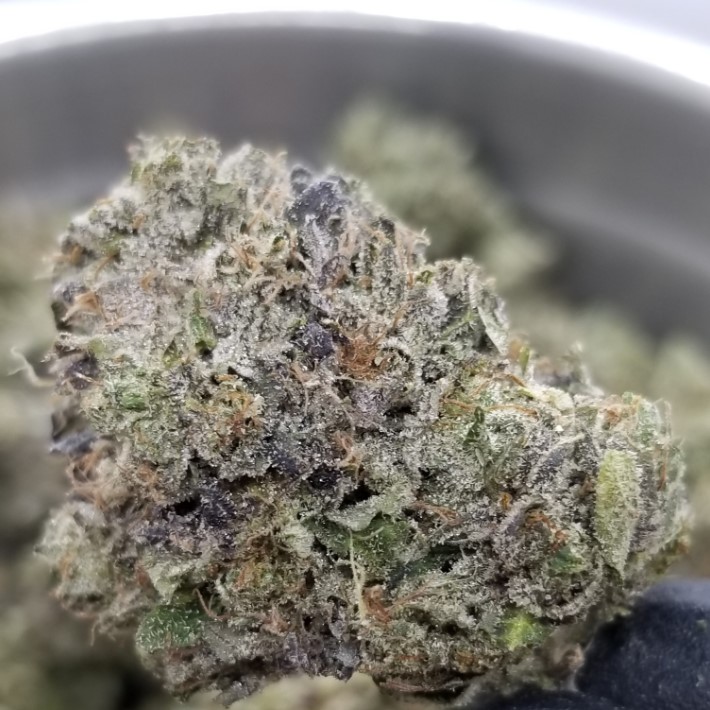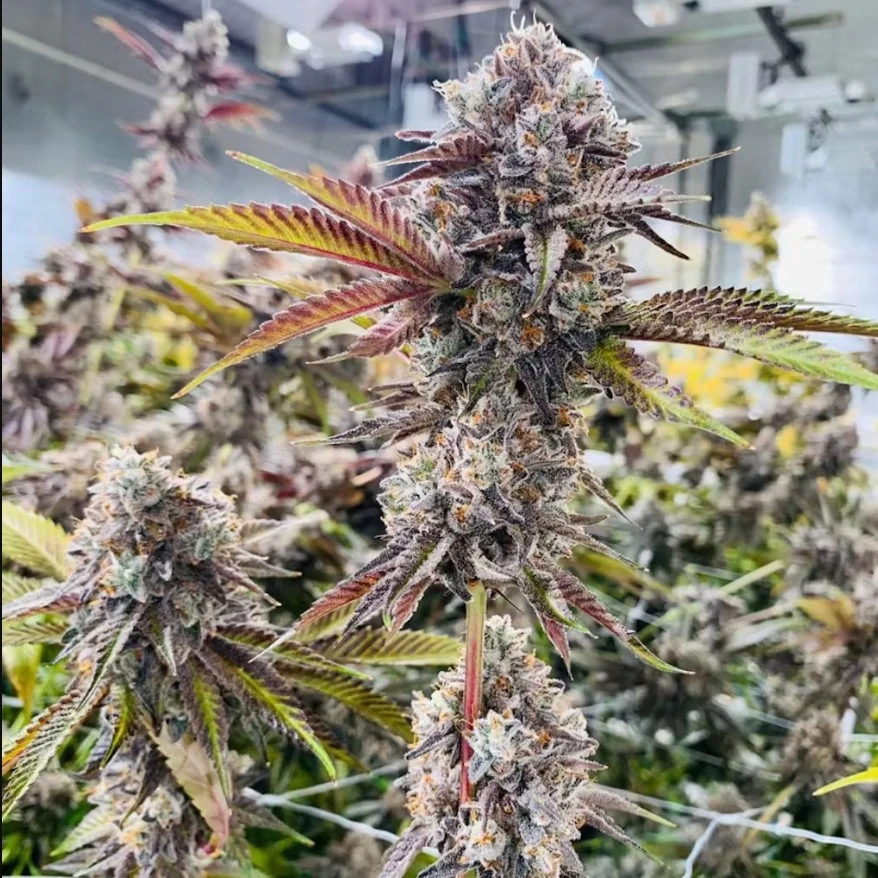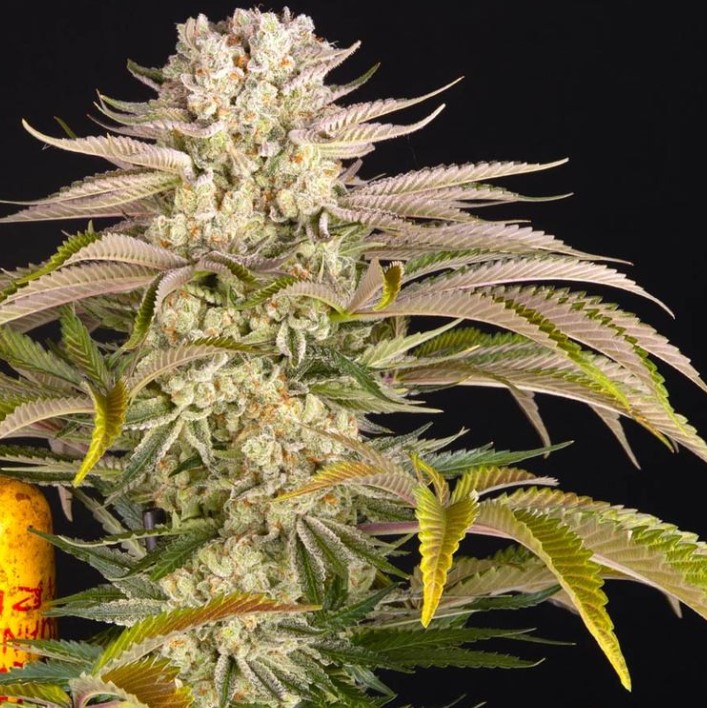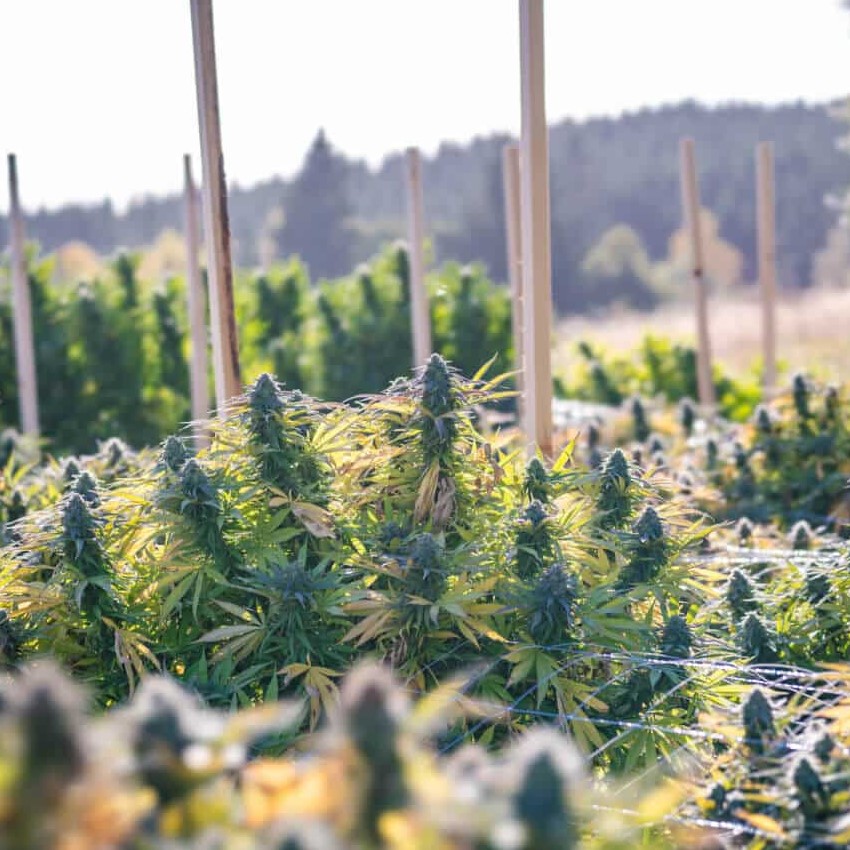Hermaphrodite Cannabis Plants
Understanding and Managing Hermaphrodite Cannabis Plants for Optimal Harvest
Hermaphroditism, a relatively common phenomenon in the plant world, involves the presence of both male and female features in a single organism. In the context of cannabis cultivation, identifying and removing hermie cannabis plants is crucial to prevent pollination that can significantly diminish the quality of the harvest. This article delves into the details of hermaphroditism in cannabis, methods to prevent it, strategies to handle hermies, and explores their potential uses.
What is a Hermaphrodite Cannabis Plant?
Hermie cannabis plants simultaneously produce both male and female flowers, displaying characteristics such as pollen sacs and buds. However, hermaphroditic tendencies are undesirable in cannabis cultivation, as they can lead to unwanted pollination, reducing the quality of the harvest compared to pure female plants.
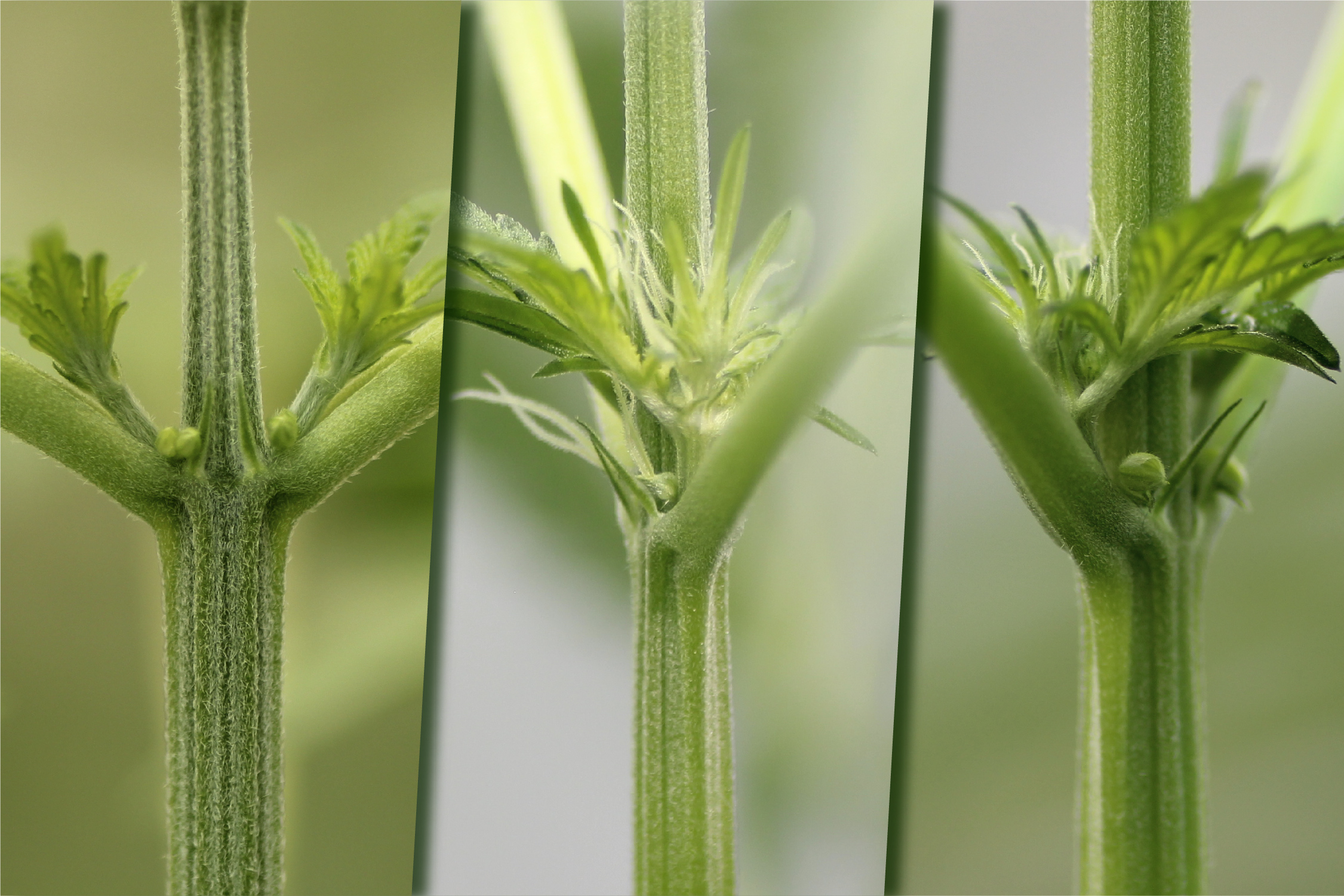
Pictured above early stages of each type – (Left: Male Cannabis Plant, Center: Female Cannabis Plant, Right: Hermie Cannabis Plant)
Identifying a Hermie Cannabis Plant:
Early signs of hermaphrodite plants can be distinguished from male or female plants:
- Formation of pollen sacs alongside female bud sites even before maturity.(picture above)
- Growth of mixed-sex buds, known as “nanners,” resembling bananas.
- Development of seeds outside the flower bud.
- Stunted growth, resulting in a shorter plant.
What to Do When a Hermie Plant is Found
If a hermaphrodite plant is identified, it’s essential to remove it promptly to prevent pollination. If male flowers have appeared on a hermie during the flowering phase, you can still salvage the harvest by carefully removing the male organs.
Can You Save a Hermie Plant? Yes, with proper care, you can save a hermaphrodite plant and achieve a harvest:
- Isolate the hermie plant from the rest to minimize pollination risks.
- Regularly check and remove any reappearing male organs. By diligently removing male cannabis sex organs from the hermie plant, you can still obtain a satisfactory harvest.
Late-Flowering Hermies and the Nanner Dilemma
As your cannabis plants approach the late flowering stage, it’s crucial to keep a watchful eye for the emergence of nanners, the notorious banana-shaped male flowers. Late-flowering hermies, those that develop male characteristics deep into the flowering phase, can spell trouble for your harvest.
Nanners: A Sign of Stress
Nanners are a sign of stress-induced hermaphroditism, and they can appear even in plants that appeared healthy earlier in the growth cycle. Stressors such as light leaks, temperature fluctuations, nutrient imbalances, or physical damage can trigger nanner formation.
The Pollination Risk
If left unchecked, nanners can release pollen, leading to unintended pollination of your female flowers. This can result in seed production and reduced overall bud quality. It’s essential to promptly identify and address nanners to salvage your harvest.
Prevention and Management
To minimize the risk of late-flowering hermies and nanners:
- Light Control: Ensure your flowering plants receive consistent, uninterrupted darkness during their night phase to prevent light leaks.
- Stress Minimization: Maintain stable environmental conditions, provide adequate nutrients, and handle plants carefully to minimize stress.
- Daily Inspection: Regularly inspect your plants, especially during the late flowering phase, for any signs of nanner development. If you spot them, remove them with sterilized tweezers.
By staying vigilant and proactive in addressing late-flowering hermies and nanners, you can safeguard the quality of your cannabis harvest and enjoy the fruits of your labor without the unwanted presence of seeds. Remember, a little extra attention at this critical stage can make all the difference!
How Can a Hermie Cannabis Plant Be Used?
A hermaphrodite cannabis plant can serve various purposes:
- Pollinating Cannabis and Feminizing Seeds: Use hermaphrodite plants for pollination to produce seeds, but be aware that these seeds may have a higher chance of being hermaphroditic.
- Making Concentrates: Although hermies have lower THC levels, concentrates made from them can still be potent.
- Smoking: Smoking hermaphrodite cannabis may not provide the same potency as pure female plants, but it’s harmless.
Causes of Hermaphrodite Plants in Cannabis:
Hermaphrodite cannabis plants can result from genetics or environmental stress factors. It’s crucial to choose seeds from reputable sources to minimize the risk of getting true hermaphrodite seeds. Stressful growth conditions, such as water shortages, extreme light conditions, or nutrient deficiencies, can induce hermaphroditism as a coping mechanism.
Chances of Getting a Hermaphrodite Cannabis Plant:
While all female cannabis plants have the potential to become hermaphrodites, proper cultivation practices can keep this likelihood under control. Understanding the causes of hermaphroditism helps mitigate the risk.
FAQ
Can Hermie Cannabis Plants Become Female Again? No, once a cannabis plant has developed hermaphroditic traits, it cannot revert back to being a pure female plant. The presence of both male and female characteristics, such as pollen sacs and buds, indicates that the plant has already transitioned into a hermaphrodite state. It is important to identify and remove hermaphrodite plants early to prevent them from pollinating the rest of the crop.
Will Hermie Cannabis Plants Bud? Yes, hermaphrodite cannabis plants can produce buds, but the quality, potency, and quantity of these buds are typically lower compared to those of pure female cannabis plants. Hermaphrodite plants are often undesirable for cultivation because their pollen sacs can pollinate female flowers, leading to the formation of seeds in the buds, which reduces the overall quality of the harvest.
Can You Smoke Hermie Cannabis Plants? Yes, you can technically smoke hermaphrodite cannabis, but the experience may not be as desirable as smoking buds from pure female plants. Hermaphrodite cannabis plants usually have lower levels of THC and may not provide the same potency or effects as high-quality, unpollinated female flowers (sinsemilla). While it may not harm you, the overall experience and effects may be less satisfying compared to smoking female cannabis buds.
Conclusion: Cannabis growers aspire to produce high-quality female flowers rich in THC and CBD. Hermaphrodite cannabis plants can pose challenges, but through early identification and careful management, you can still achieve a satisfying harvest.
Skywalker Strain: A Galaxy of Relaxation and Flavor
Getting Acquainted with Skywalker Strain The Skywalker strain is a well-balanced hybrid, leaning 85% Indica and 15% Sativa. With THC levels…
Chem De La Chem Strain Review
Chem De La Chem is a dynamic strain that has made a name for itself in the cannabis world, celebrated…
Tom Ford Pink Strain Review
Overview Tom Ford Pink is an exceptional hybrid strain that has captivated both recreational and medicinal users alike. Celebrated for its…
Holy Grail Strain Review
Overview The Holy Grail strain is a renowned hybrid cannabis strain that has captured the attention of both recreational and medicinal…
Pineapple Express Strain
Pineapple Express strain is a beloved name in the cannabis community, known for its unique flavor profile and balanced effects….
How to Trellis Cannabis
Trellising cannabis is crucial for optimizing growth and maximizing yields. Learning how to trellis cannabis effectively helps support your plants,…


